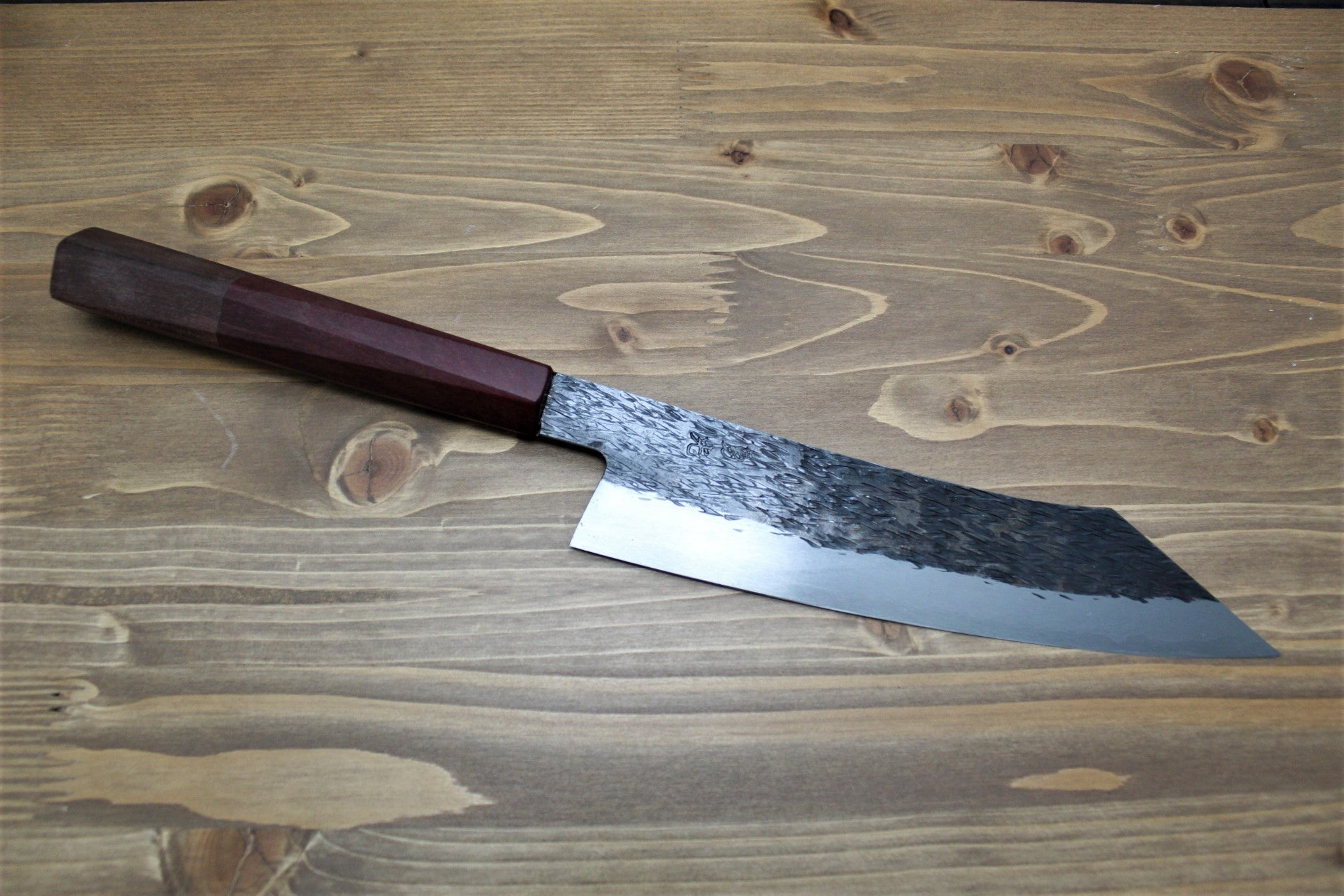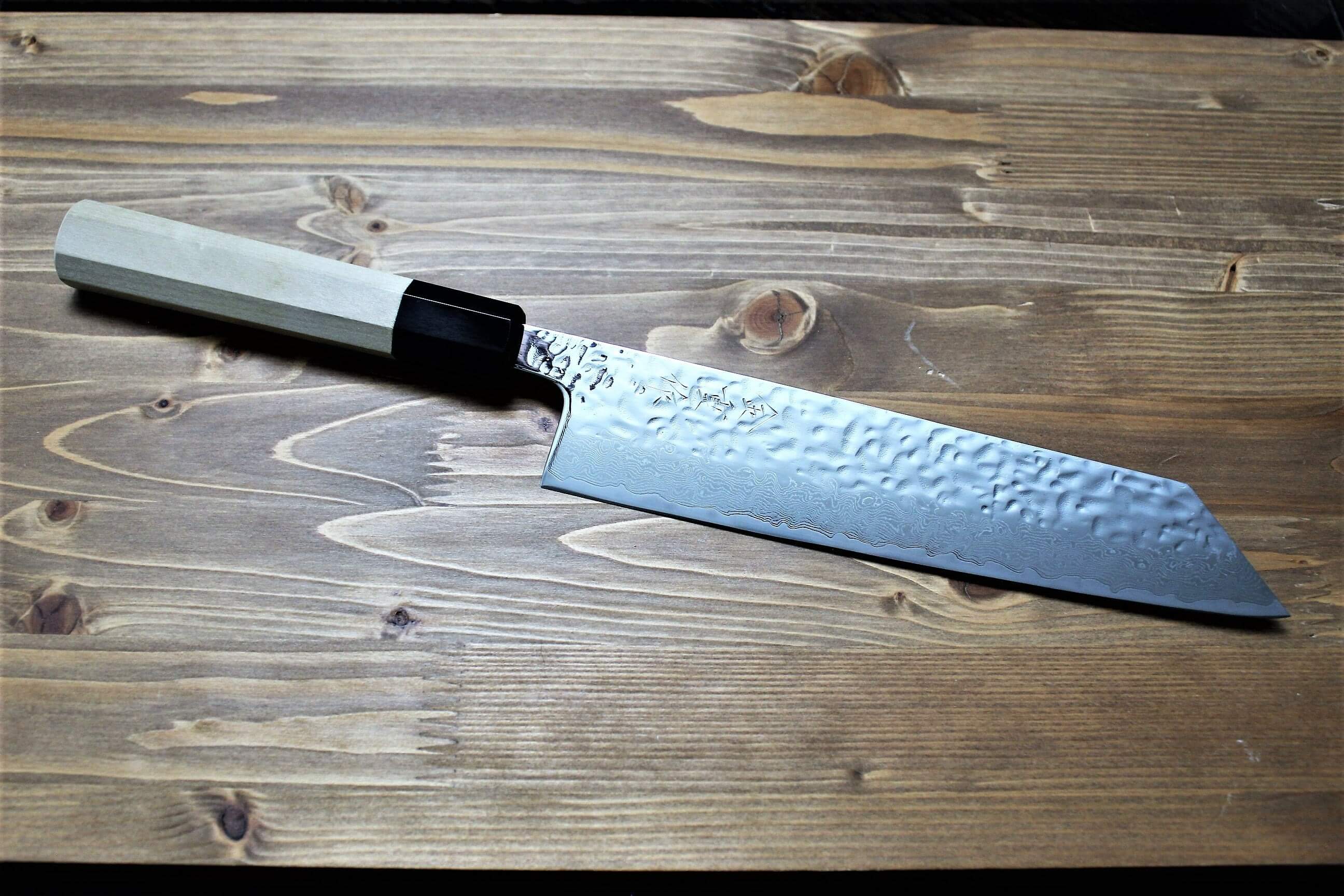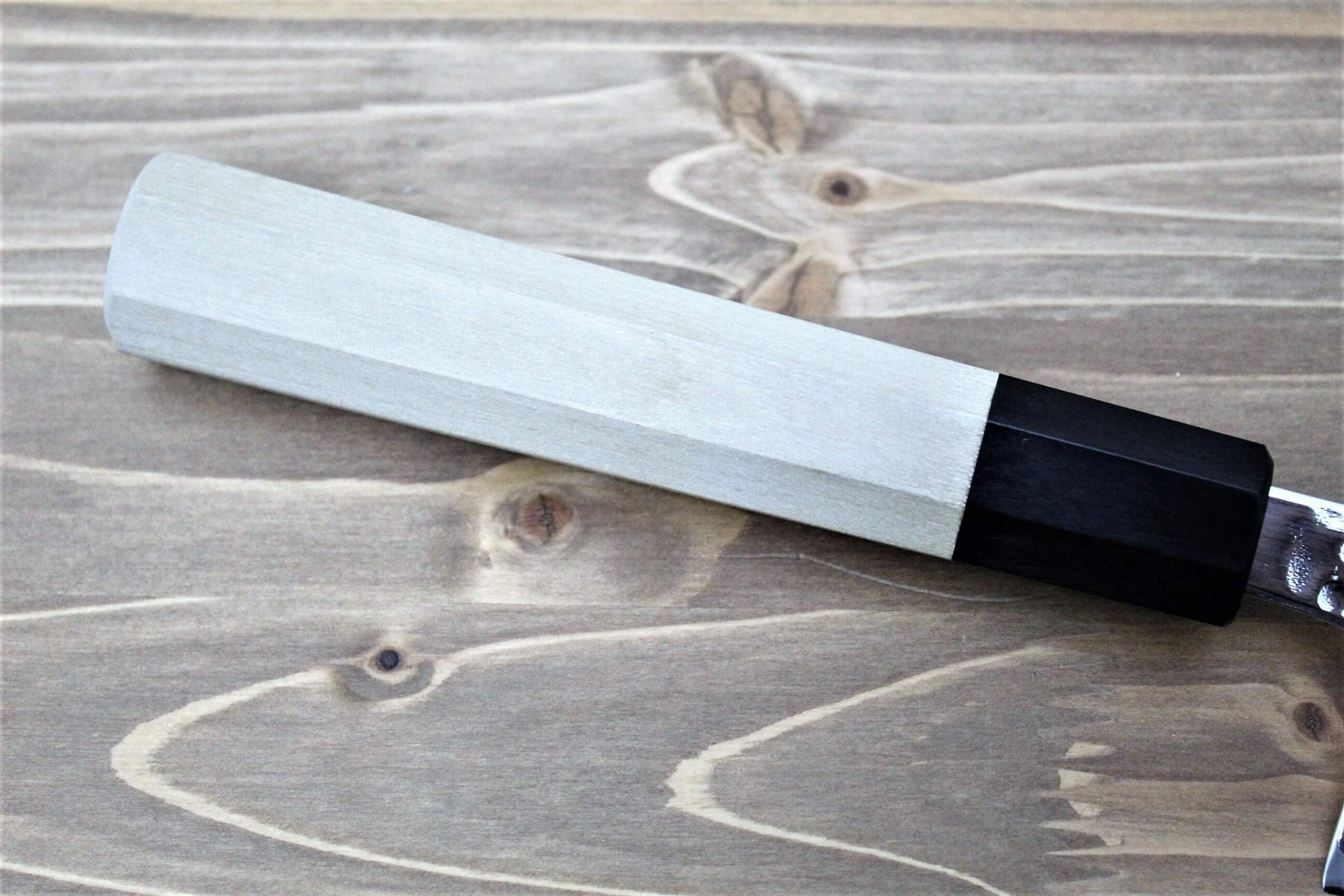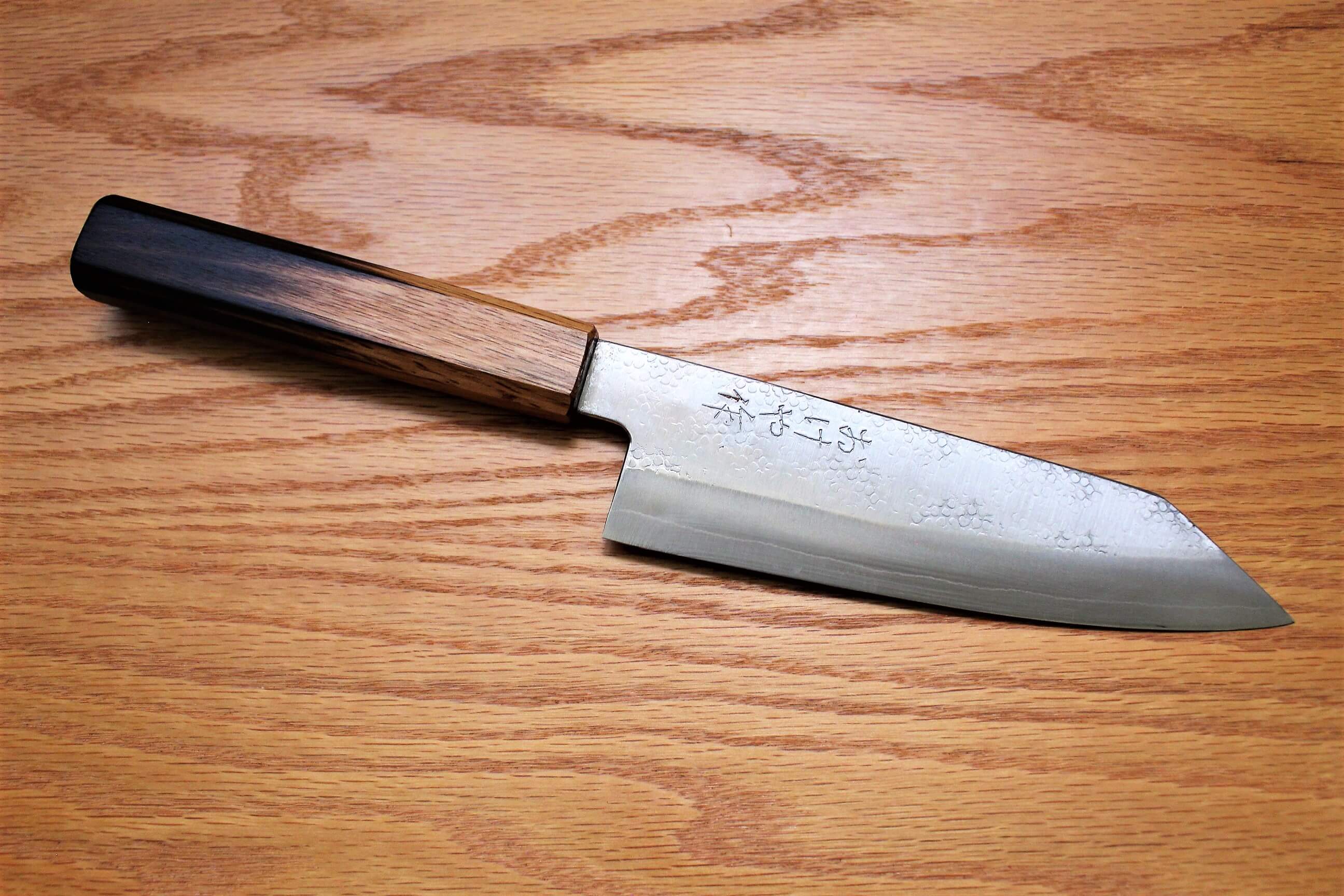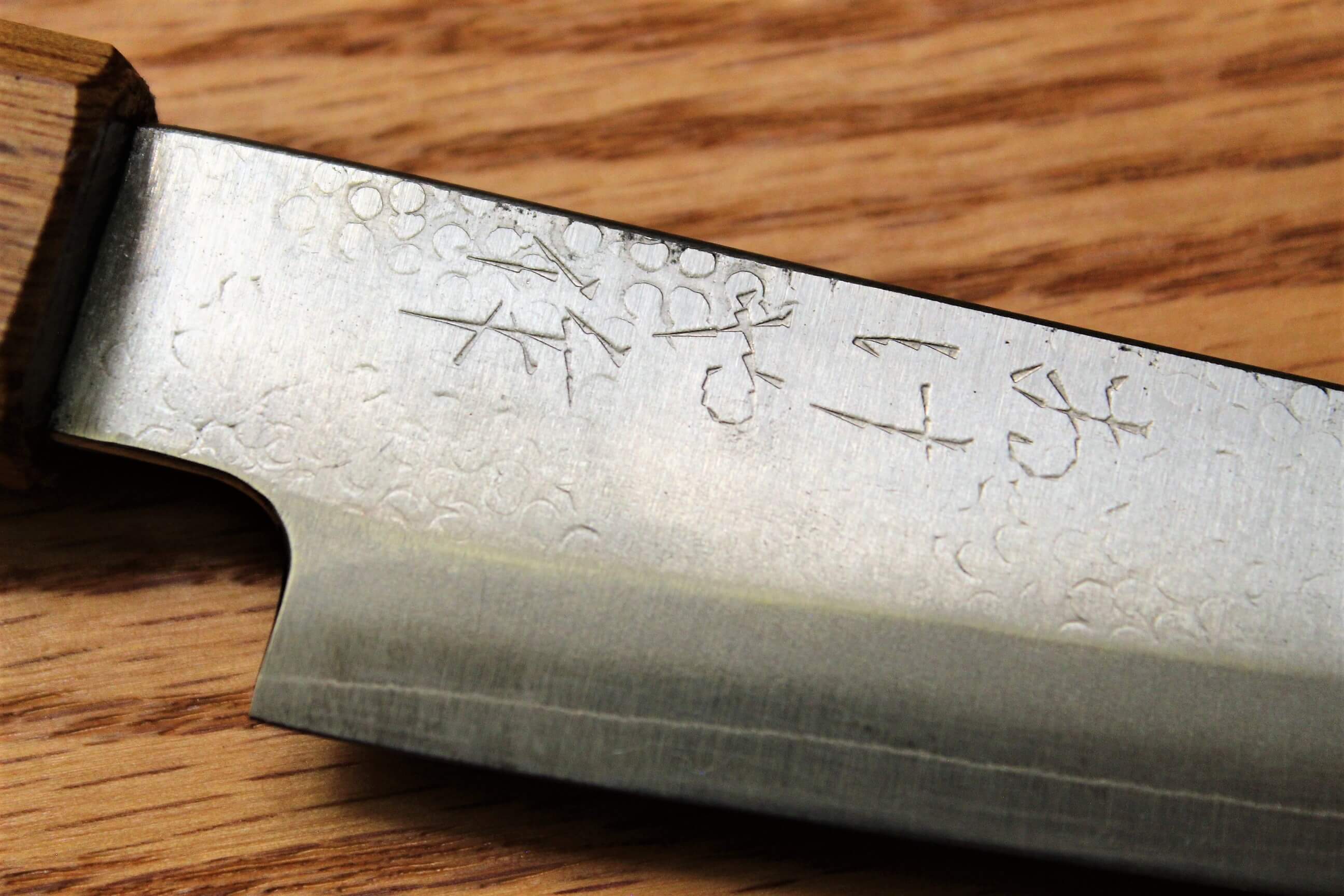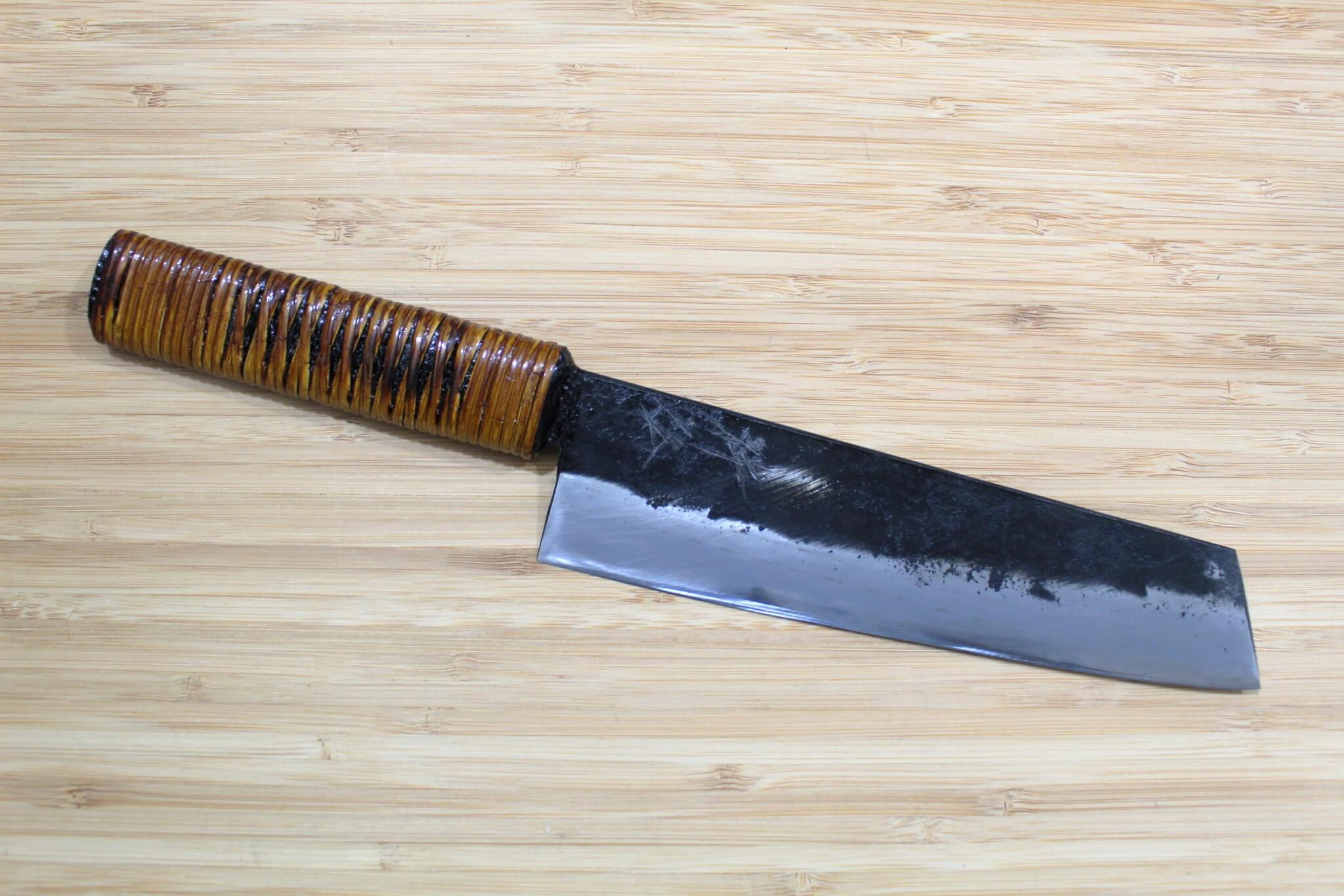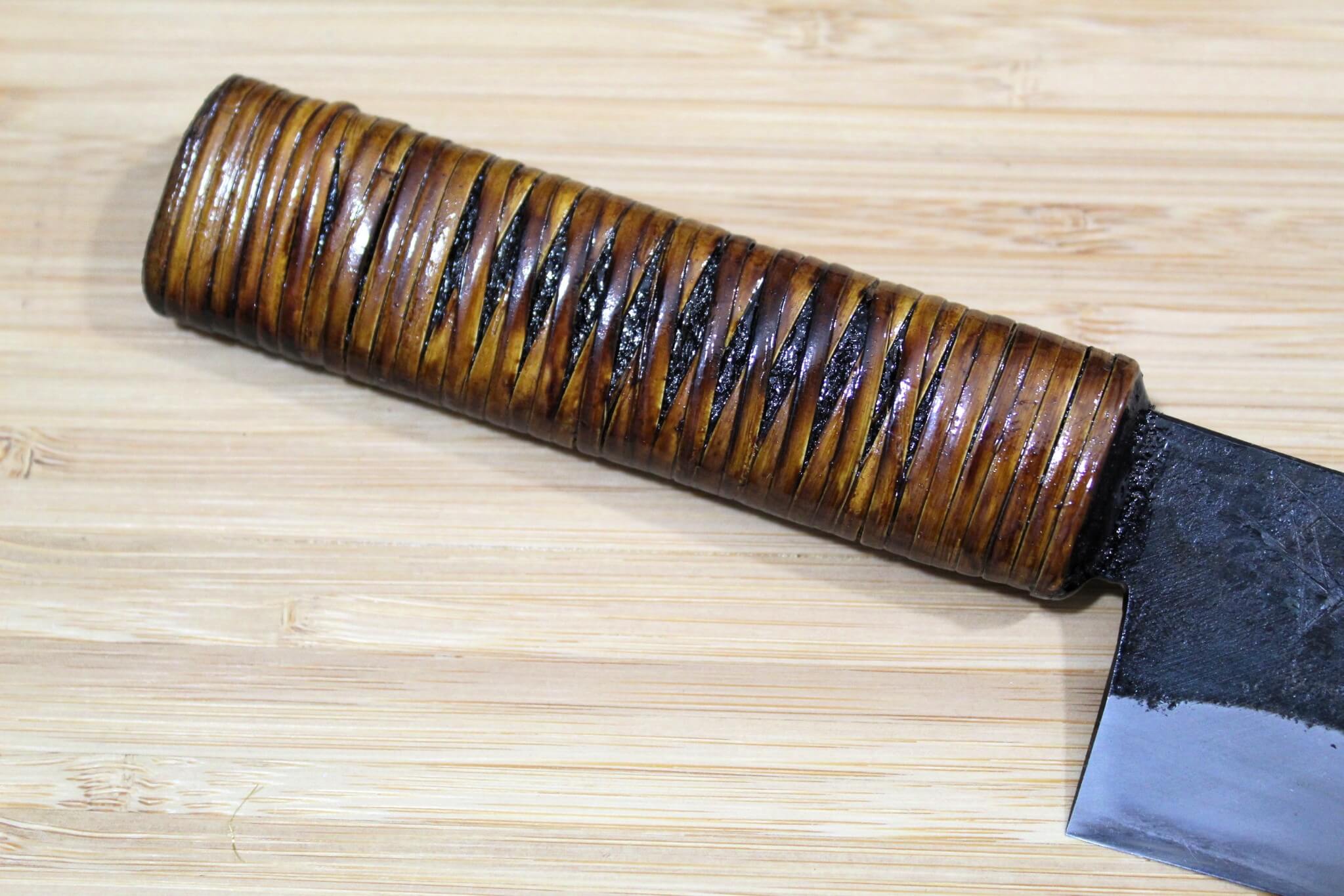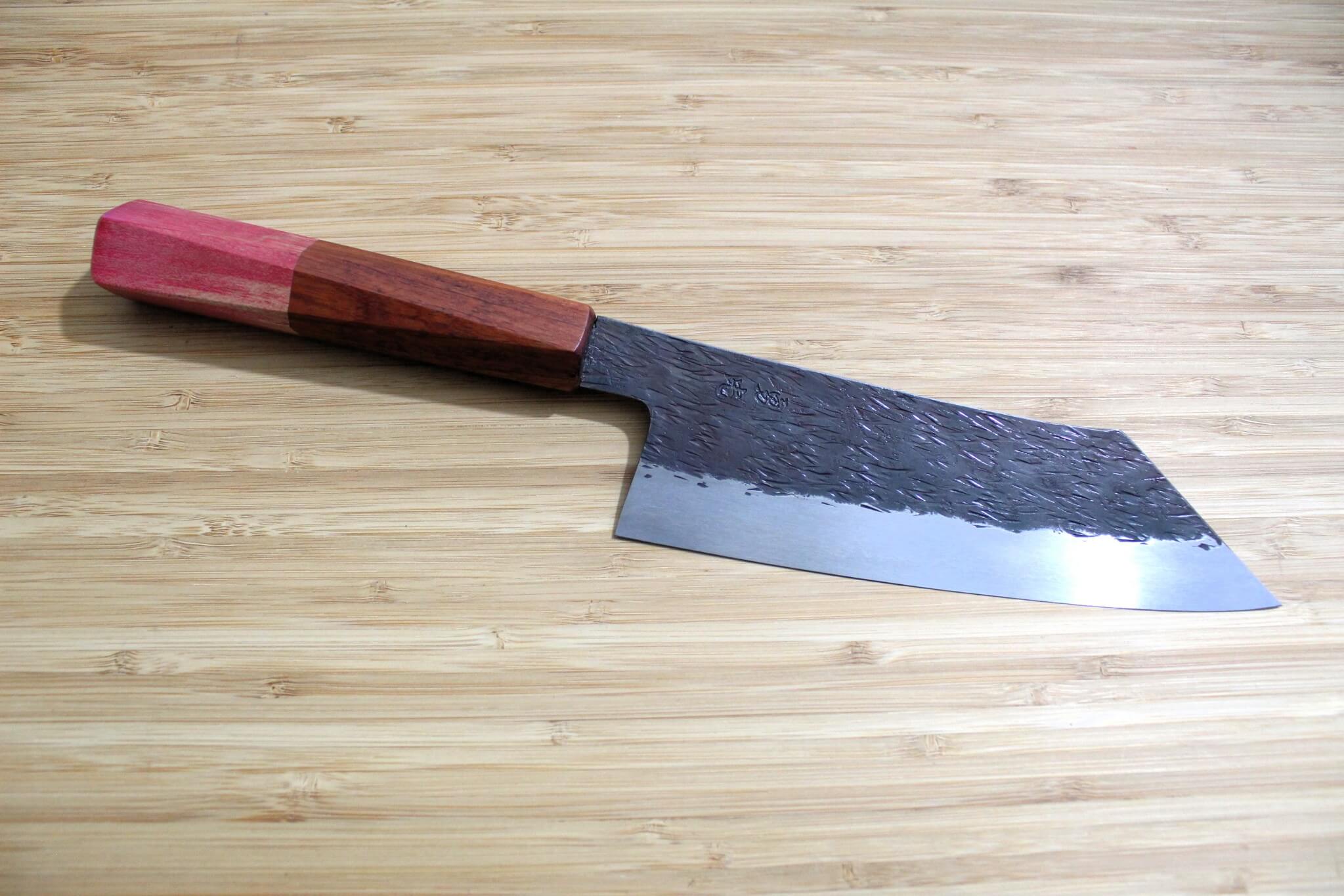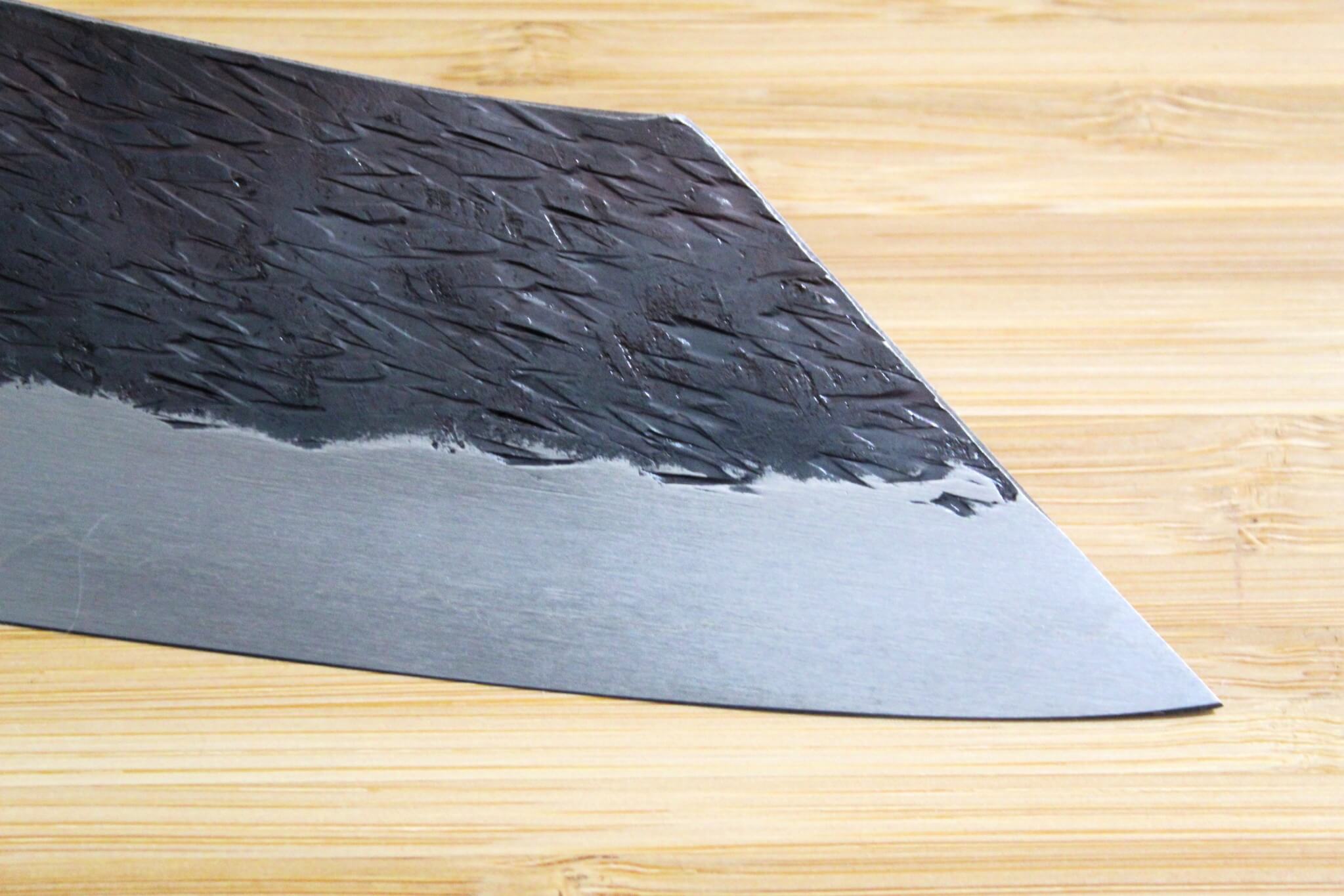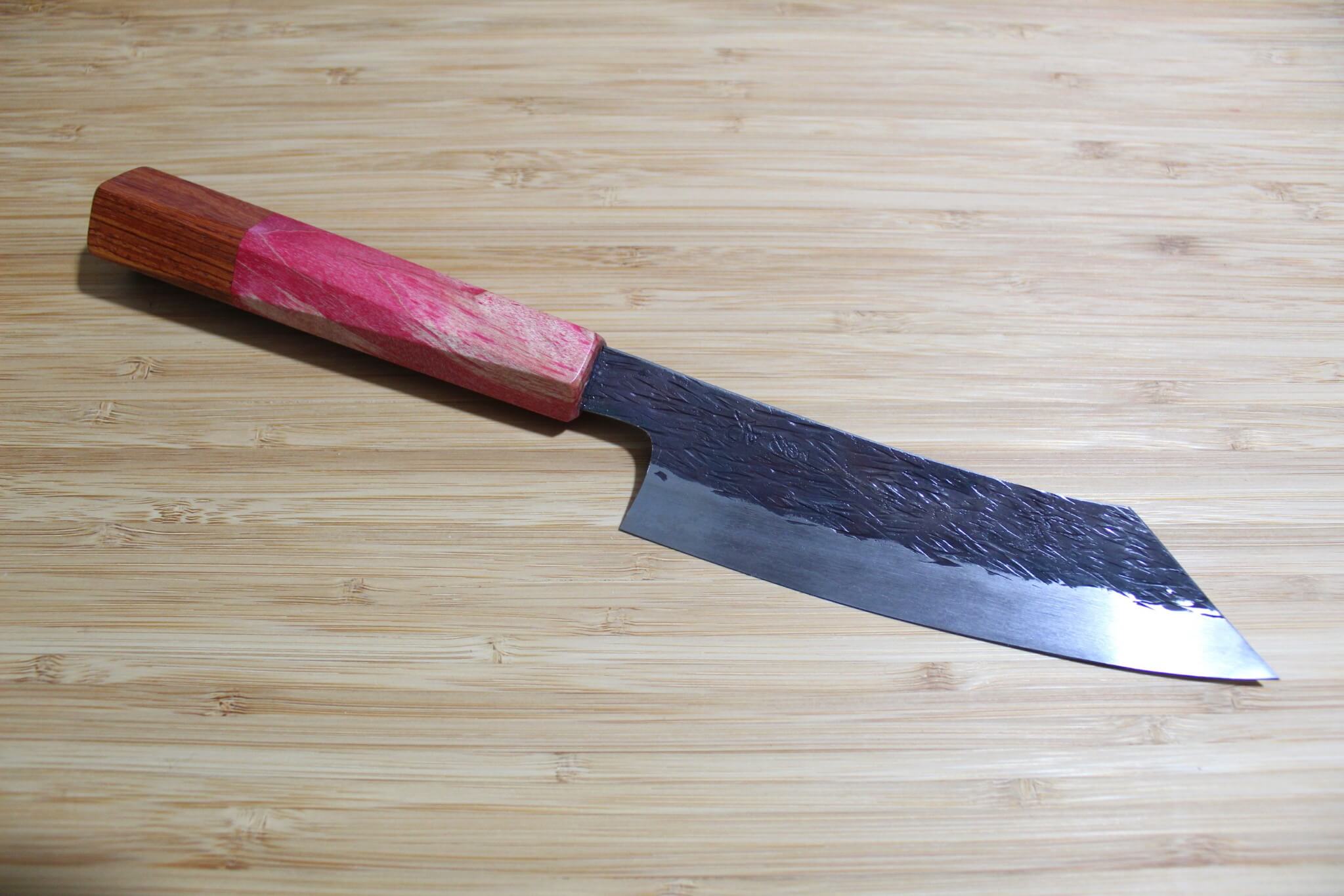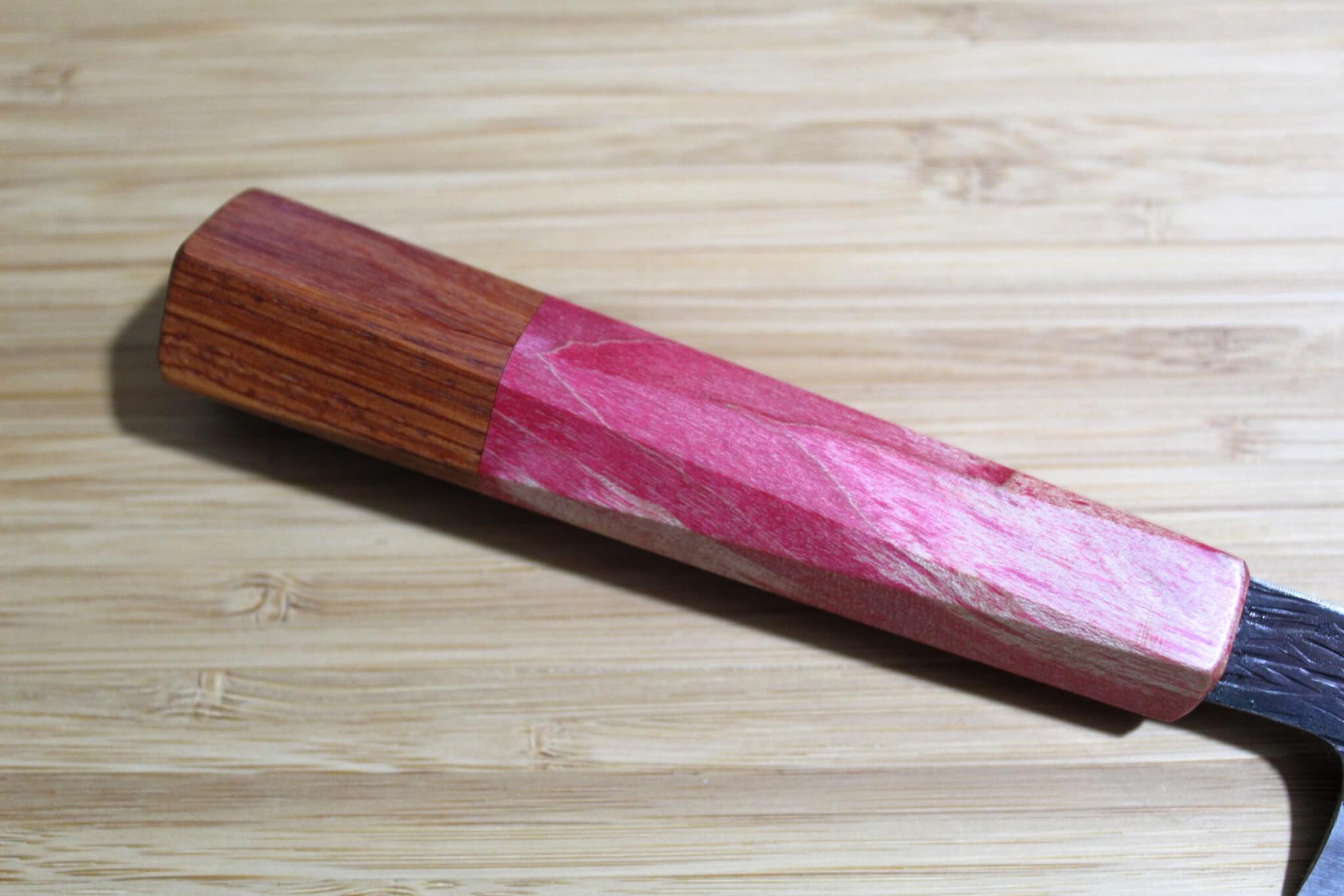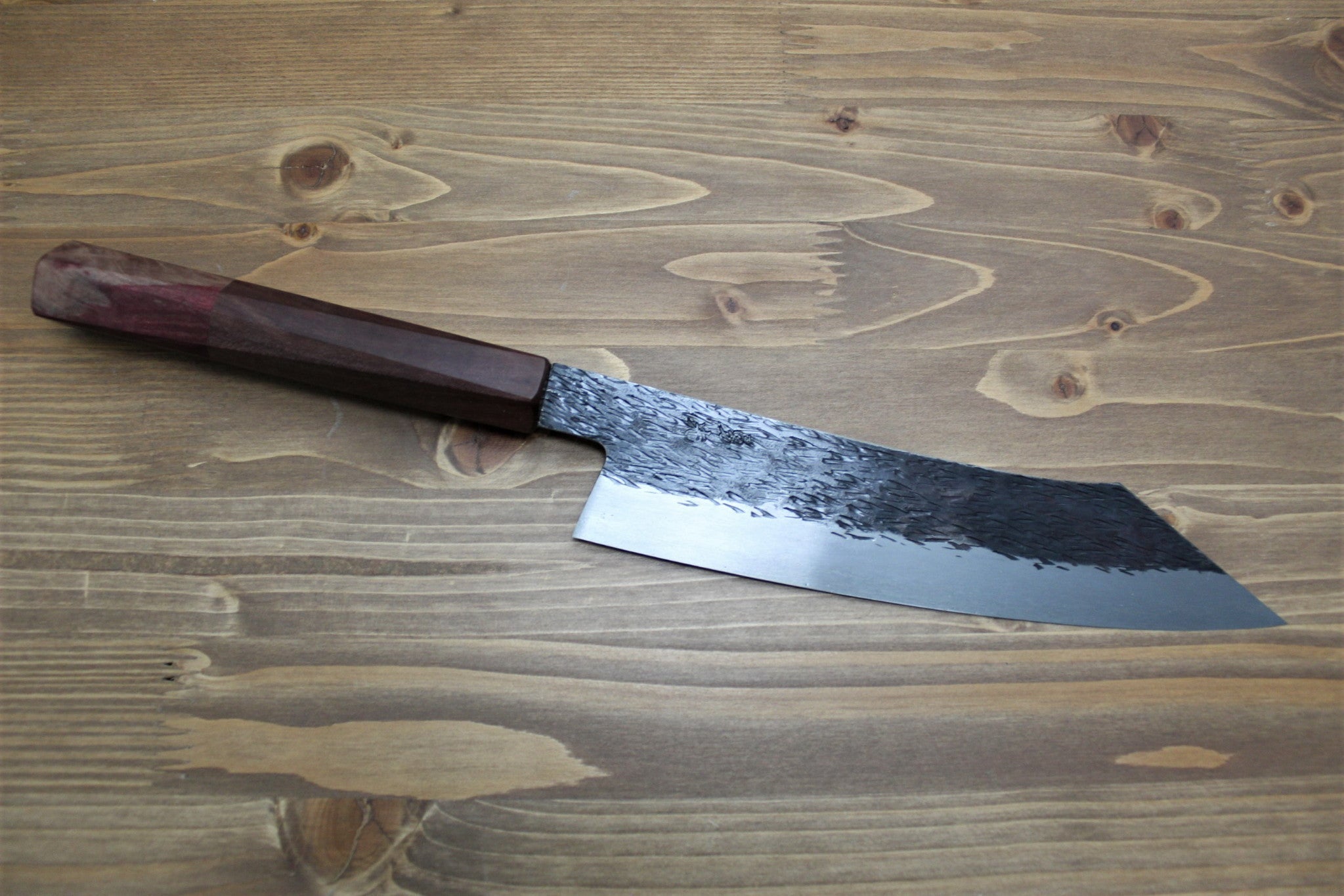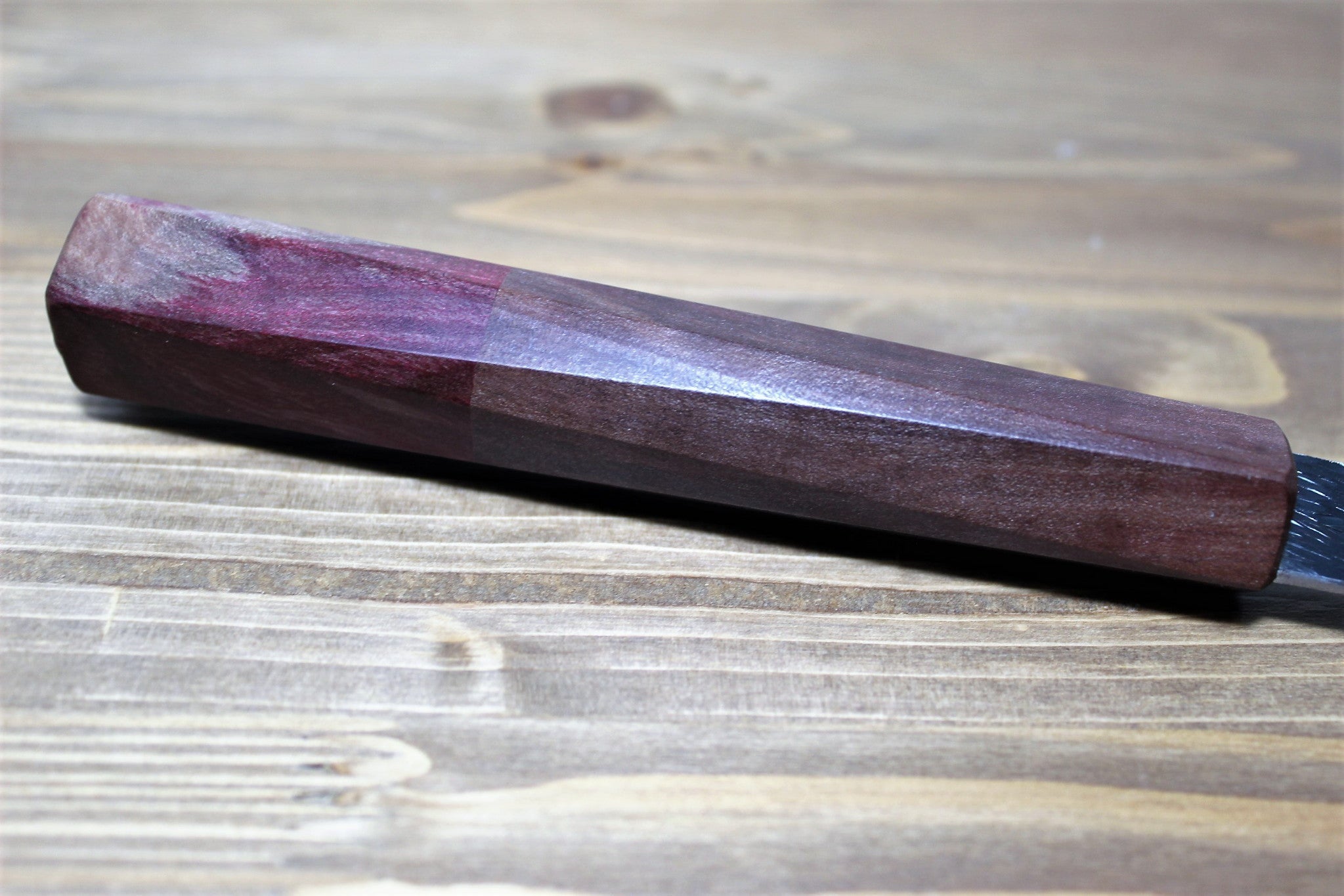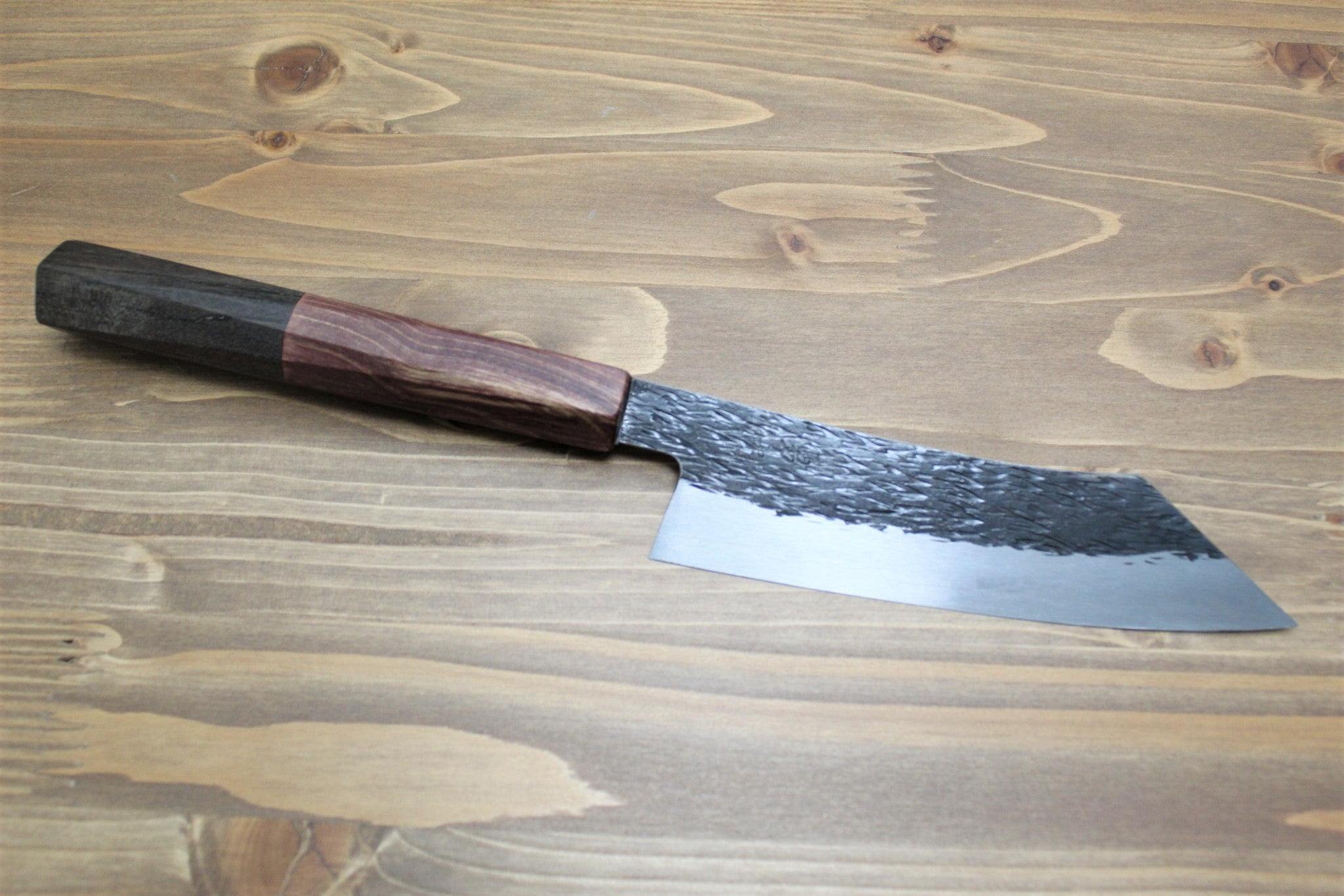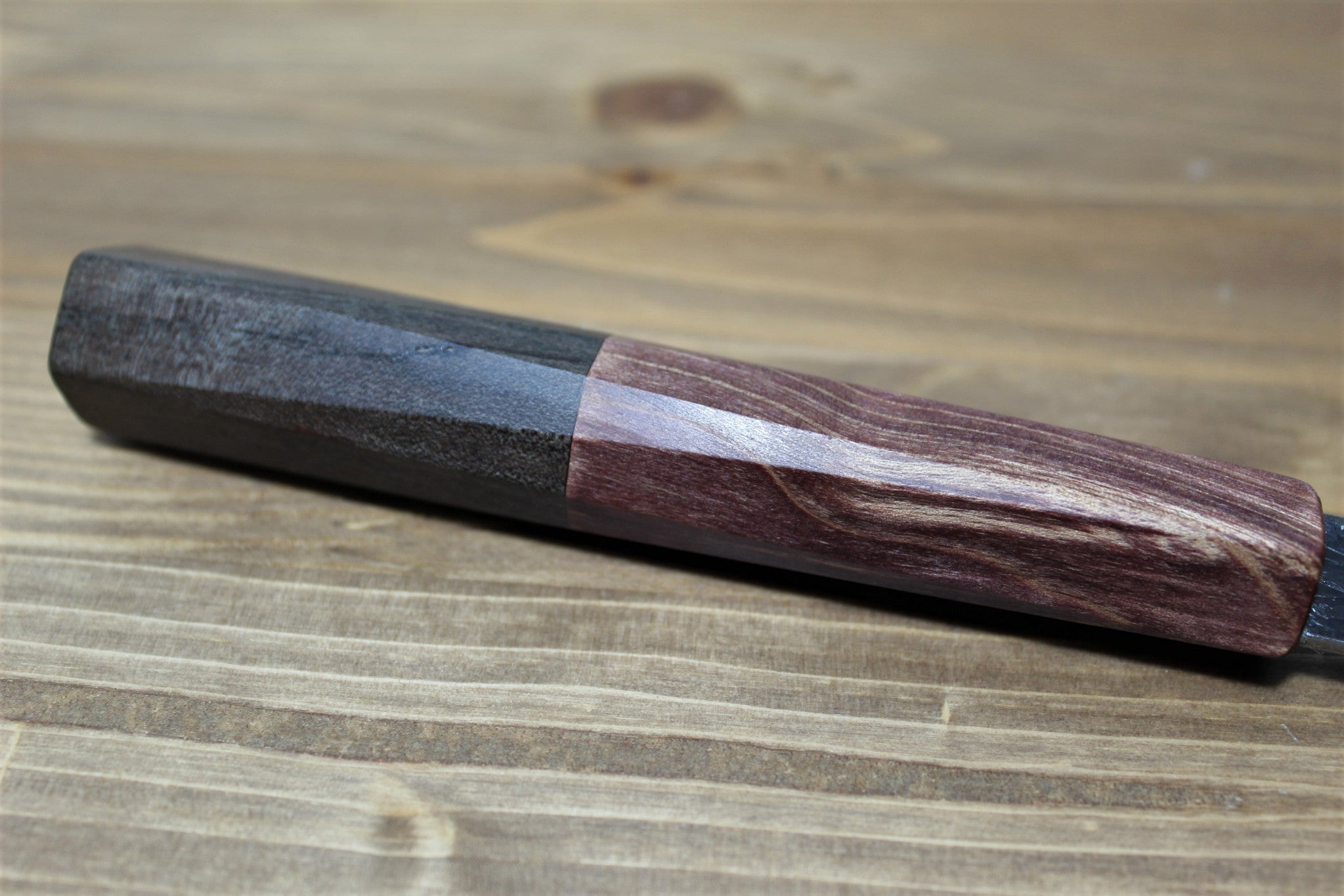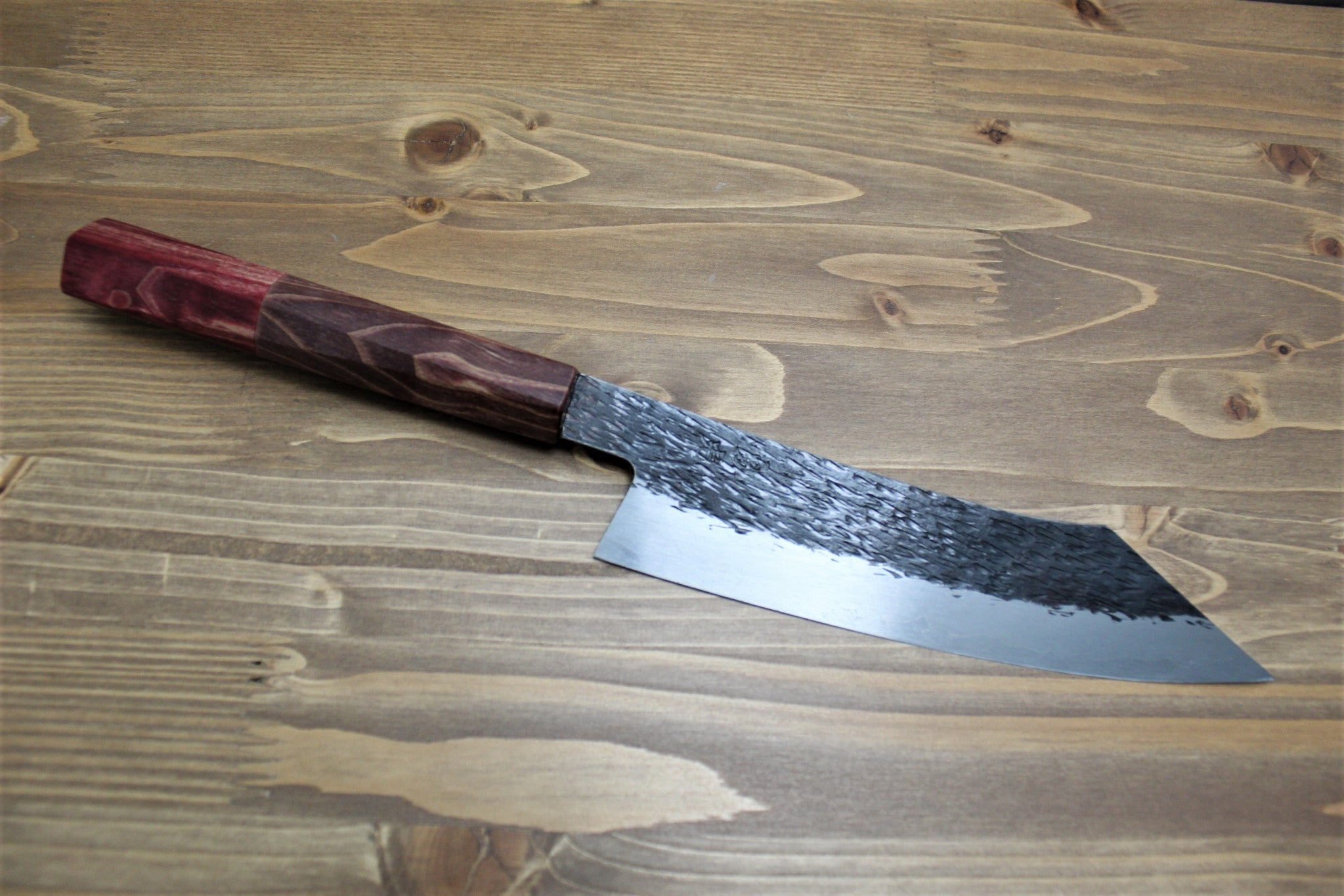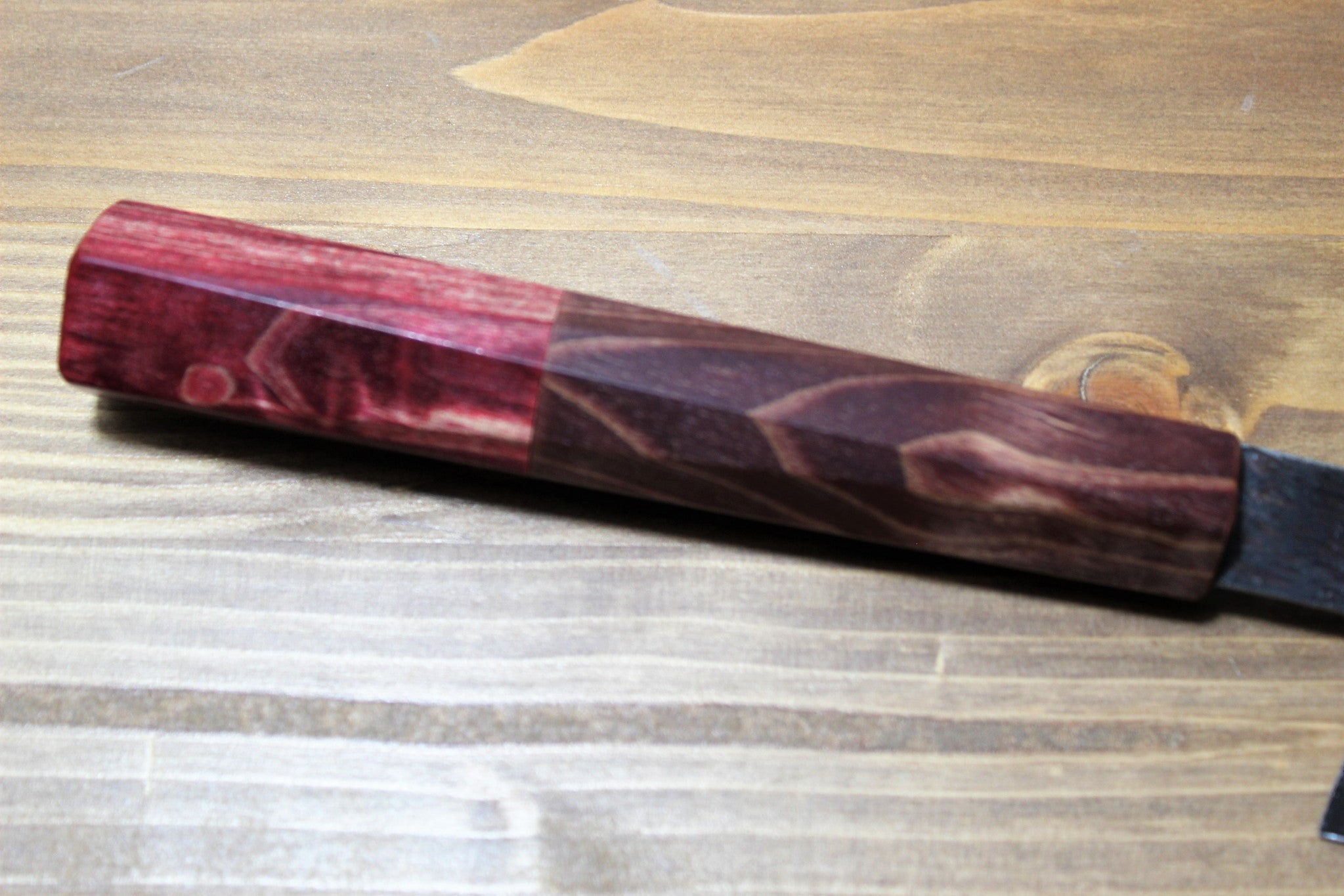Filters
The Use of Kiritsuke Knives
Initially, these knives were designed to be used by head Japanese chefs, and they were meant to be able to do the tasks of both usuba and yanagi. The knife blade has a double-bevel edge, which means it is sharpened both sides, and is typically designed to be used by right or left handed users. The handle of these knives can vary in design, with options such as a Western-style handle or a traditional Japanese handle.
Craftsmanship of Kiritsuke Chef Knives
These knives require precise sharpening and maintenance due to their asymmetric edge, making them suitable for experienced chefs who are comfortable with single-bevel knives. These knives are known for their sharpness and edge retention, and their handles can be made from various materials including wood, resin, or composite materials.
When using a Kiritsuke, proper technique is crucial because its design requires specific handling for optimal performance and safety. In recent years, there has been a resurgence of interest in kiritsuke knives which leads to modern interpretations and slight design variations among different knife makers.
The Use of Kiritsuke Knives
Initially, these knives were designed to be used by head Japanese chefs, and they were meant to be able to do the tasks of both usuba and yanagi. The knife blade has a double-bevel edge, which means it is sharpened both sides, and is typically designed to be used by right or left handed users. The handle of these knives can vary in design, with options such as a Western-style handle or a traditional Japanese handle.
Craftsmanship of Kiritsuke Chef Knives
These knives require precise sharpening and maintenance due to their asymmetric edge, making them suitable for experienced chefs who are comfortable with single-bevel knives. These knives are known for their sharpness and edge retention, and their handles can be made from various materials. . . Show More >

